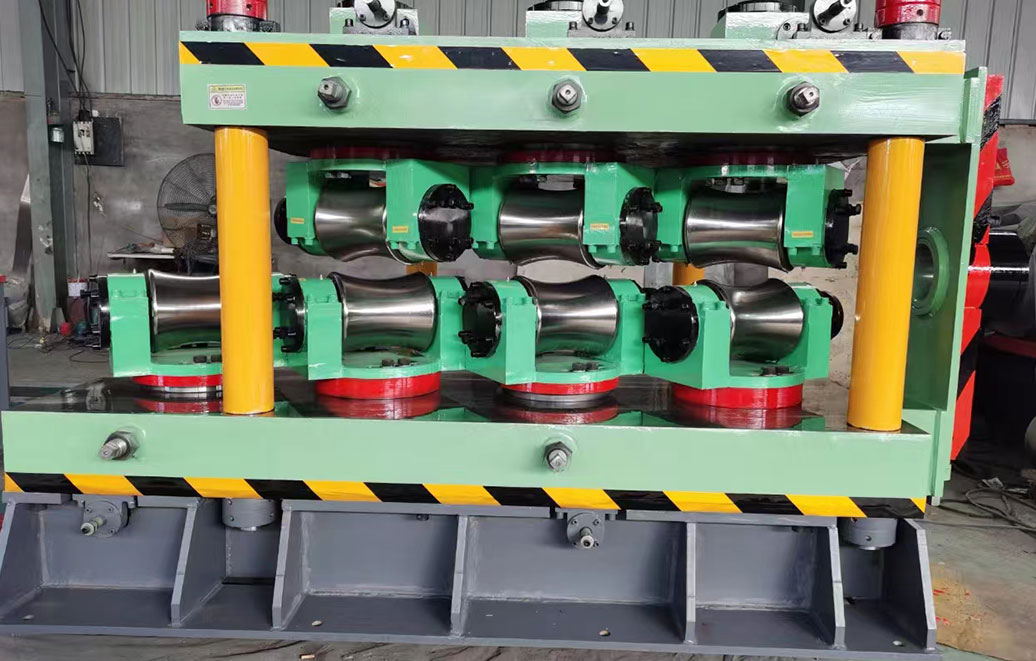seamless pipe manufacturing machinery
Seamless Pipe Manufacturing Machinery An Overview
Seamless pipes are essential components in various industries, including oil and gas, construction, and manufacturing. The production of seamless pipes requires specialized machinery that ensures both quality and efficiency. This article provides an overview of the machinery involved in seamless pipe manufacturing, highlighting the processes, technology, and advancements in the industry.
What are Seamless Pipes?
Seamless pipes are cylindrical tubes that are manufactured without any seams or welds. This lack of seams allows for higher pressure resistance and structural integrity, making them ideal for high-stress applications. Common materials used for seamless pipes include carbon steel, stainless steel, and alloy steel. The manufacturing process of these pipes involves several stages, each requiring specific machinery to achieve the desired specifications.
The Manufacturing Process
The production of seamless pipes typically consists of several steps casting, heating, piercing, elongation, and finishing. Each of these steps has unique machinery associated with it.
1. Casting The process begins with the casting of steel billets, where molten metal is poured into molds to form solid blocks. This is usually done using induction furnaces or electric arc furnaces, which provide the necessary heat for melting the steel.
2. Heating The cast billets are heated to a plastic state in a furnace. This heating is critical as it prepares the material for the next steps. The machinery used for heating can include pusher-type or walking beam furnaces, which maintain uniform temperature throughout the metal.
3. Piercing Once the billets are heated, they undergo a piercing process to create a hollow tube. This is typically achieved using a piercing mill, wherein a mandrel is inserted into the heated billet, and a series of rolls reduce the material until a hollow form is produced.
4. Elongation After piercing, the hollow tubes need to be elongated to reach the desired length. This step usually involves a rotary piercing mill or elongation mills, which apply pressure to stretch the pipe further.
seamless pipe manufacturing machinery

5. Finishing The final steps include further elongation, straightening, and cutting to specific lengths. Finishing lines incorporate various types of machines, such as stretch reducing mills, which enhance the diameter and wall thickness uniformity, as well as straightening machines to ensure the pipe is perfectly straight.
Advanced Technologies in Seamless Pipe Manufacturing
With advancements in technology, seamless pipe manufacturing has seen significant improvements in efficiency and quality. Some of the noteworthy developments include
- Automation The integration of robotic systems and automation in the production line has minimized human error and increased production speed. Automated systems can monitor temperatures, tolerances, and surface qualities in real-time, ensuring high standards are maintained throughout the process.
- Quality Control Modern manufacturing plants utilize Non-Destructive Testing (NDT) methods, such as ultrasonic testing and magnetic particle inspections, to detect any defects in the pipes without harming them. These NDT methods ensure that only high-quality pipes reach the market.
- Computer Numerical Control (CNC) CNC technology enhances precision in machining and reduces lead times. It allows for more complex pipe designs and accurate dimensions, supporting the growing demand for customized seamless pipes.
- Environmentally Friendly Practices As environmental concerns rise, manufacturers are adopting more sustainable practices. This includes energy-efficient furnaces, recycling scrap materials, and reducing emissions through better control systems.
Conclusion
Seamless pipe manufacturing machinery plays a crucial role in producing high-quality pipes that meet the demands of various industries. From casting to finishing, each step is supported by specialized machinery that ensures efficiency and consistency. The continuous advancements in technology, automation, and quality control not only enhance production capabilities but also promote sustainability within the industry. As the demand for seamless pipes grows, so does the importance of investing in cutting-edge machinery to meet future challenges. As manufacturers navigate this competitive landscape, embracing innovation will be key to sustaining growth and ensuring quality.
-
High Frequency Straight Seam Welded Pipe Production Line|BzZhou Xinghua|Precision Welding&EfficiencyNewsJul.30,2025
-
High Frequency Straight Seam Welded Pipe Production Line - BzZhou Xinghua|Precision Engineering&EfficiencyNewsJul.30,2025
-
High-Frequency Straight Seam Welded Pipe Production Line-BzZhou Xinghua Machinery Equipment Manufacturing Co., LTD.NewsJul.30,2025
-
High-Frequency Straight Seam Welded Pipe Production Line-BzZhou Xinghua Machinery Equipment Manufacturing Co., LTD.|Precision Manufacturing, High EfficiencyNewsJul.30,2025
-
High Frequency Straight Seam Welded Pipe Production Line-BzZhou Xinghua Machinery Equipment Manufacturing Co., LTD.|Precision Steel Pipe Manufacturing&Industrial EfficiencyNewsJul.29,2025
-
High-Frequency Straight Seam Welded Pipe Production Line-BzZhou Xinghua Machinery Equipment Manufacturing Co., LTD.|Precision Steel Pipe Manufacturing&Industrial EfficiencyNewsJul.29,2025


